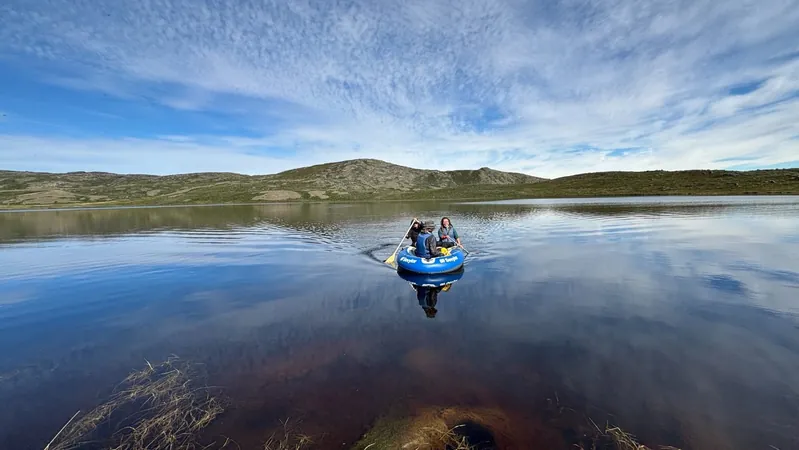
Alarming Climate Changes Turn Thousands of Lakes in West Greenland Brown: A Wake-Up Call for Environmentalists
2025-01-21
Author: Michael
Introduction
West Greenland, renowned for its breathtaking blue lakes that serve as vital sources of drinking water and natural carbon sinks, is facing a drastic transformation. Following two months of unprecedented heat and heavy rainfall in fall 2022, a shocking 7,500 lakes have been reported to turn brown, indicating a significant decline in water quality and an alarming increase in carbon emissions. These findings were unveiled in a groundbreaking study led by Fulbright Distinguished Arctic Scholar Jasmine Saros, who serves as the Associate Director of the Climate Change Institute at the University of Maine.
The Study and Its Findings
Published in the Proceedings of the National Academy of Sciences, the study reveals that the extreme climatic conditions not only altered the aesthetic and ecological characteristics of these lakes but also pushed them "across a tipping point." By July 2023, less than a year later, these lakes exhibited changes that would typically take centuries to manifest. Saros emphasized that this rapid transformation poses serious threats to the local environment and communities reliant on these water sources.
Shifts in Precipitation Patterns
Typically, West Greenland experiences snowfall during the fall season, but record-high temperatures shifted precipitation from snow to rain. This dramatic change led to the thawing of permafrost—soil that has remained frozen for years and acts as a carbon reservoir. The thawing process released large amounts of carbon, iron, magnesium, and other metals into the ecosystems, resulting in the disturbing color change of the lakes.
Impacts on Water Quality and Health Risks
Saros, who is also a professor of paleolimnology and lake ecology at UMaine, pointed out that the rate of browning observed in West Greenland starkly contrasts with the slow, gradual process seen in other regions of the Northern Hemisphere, including lakes in Maine. She claims, “The magnitude of this and the rate of change were unprecedented.”
The alarming influx of dissolved organic carbon and nutrients fosters bacterial growth, producing a foul taste and odor in the water, while increasing exposure to heavy metals can pose serious health risks for local communities. Identifying the various organic and inorganic materials entering these lakes after climate events is crucial for residents to improve their water treatment processes. Saros warned that the higher levels of dissolved organic material could interact with drinking water treatment systems, creating potentially harmful byproducts called trihalomethanes, known to be carcinogenic.
Ecological Consequences
Moreover, the changes in physical and chemical properties of the lakes have resulted in decreased light penetration, hindering the growth of beneficial plankton that play a critical role in carbon absorption through photosynthesis. In a worrying twist, researchers observed a significant drop in carbon-absorbing phytoplankton and a rise in those that decompose organic matter and release carbon back into the atmosphere. This shift has led to a staggering 350% surge in carbon emissions from these previously carbon-sequestering lakes.
Attribution to Climate Change
The research attributes the extreme weather conditions to multiple atmospheric rivers—narrow corridors of moisture in the atmosphere that lead to intense precipitation. The National Oceanic and Atmospheric Administration (NOAA) warns that these phenomena are likely to become 50-290% more frequent in various regions, including Greenland and parts of North America and Europe, by the end of the century.
Looking Forward
Looking ahead, Saros advocates for ongoing research and monitoring efforts to gauge the potential for recovery among these impacted lakes and understand the broader implications for other browning lakes across the Northern Hemisphere. “It was such an overwhelming climate force that drove all the lakes to respond in the same way,” she stated, highlighting the need for a unified approach to address these pressing environmental challenges.
Conclusion
This pivotal study underscores the significance of long-term observational data in understanding climate impacts. Since 2013, Saros and her team have diligently maintained consistent data collection, enabling them to accurately measure the consequences of these extreme climatic events.
The fate of West Greenland's lakes remains uncertain, but this harrowing situation serves as a stark reminder of the urgency to address climate change and its far-reaching effects on our planet's ecosystems. Will these lakes recover, or are we witnessing the irreversible consequences of climate degradation? The clock is ticking, and the answers may shape the future of not just Greenland, but our entire environment.



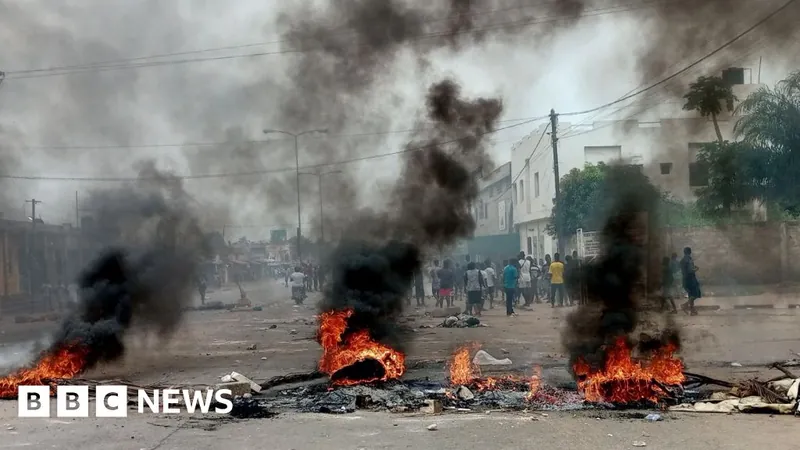
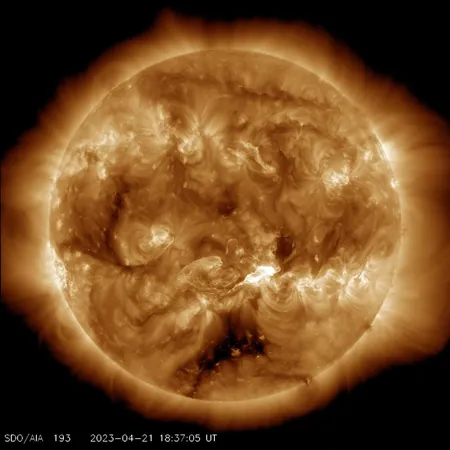
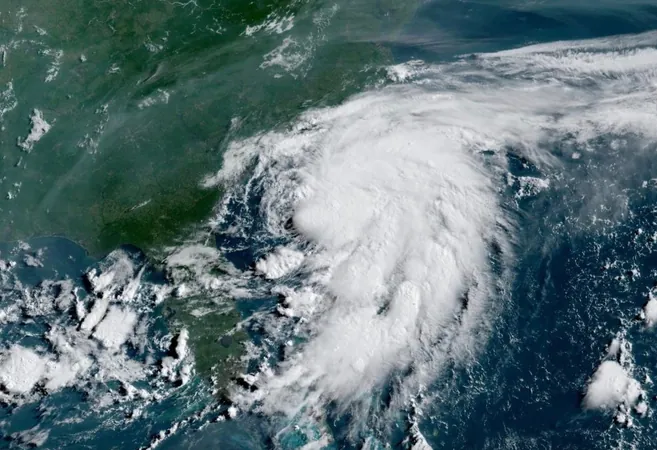


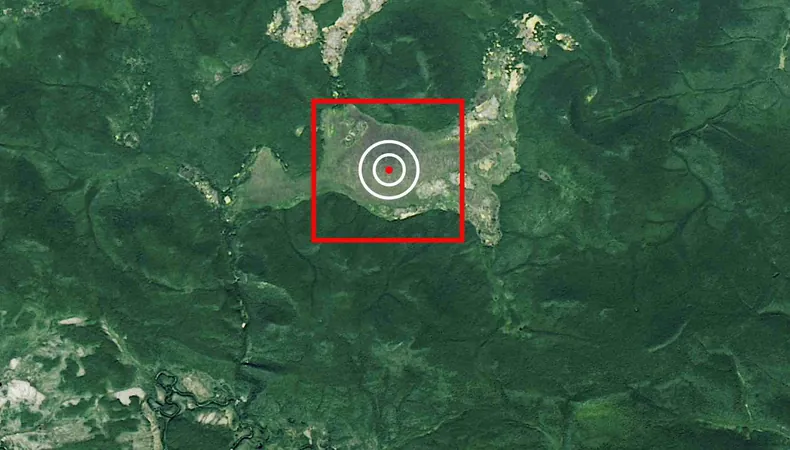
 Brasil (PT)
Brasil (PT)
 Canada (EN)
Canada (EN)
 Chile (ES)
Chile (ES)
 Česko (CS)
Česko (CS)
 대한민국 (KO)
대한민국 (KO)
 España (ES)
España (ES)
 France (FR)
France (FR)
 Hong Kong (EN)
Hong Kong (EN)
 Italia (IT)
Italia (IT)
 日本 (JA)
日本 (JA)
 Magyarország (HU)
Magyarország (HU)
 Norge (NO)
Norge (NO)
 Polska (PL)
Polska (PL)
 Schweiz (DE)
Schweiz (DE)
 Singapore (EN)
Singapore (EN)
 Sverige (SV)
Sverige (SV)
 Suomi (FI)
Suomi (FI)
 Türkiye (TR)
Türkiye (TR)
 الإمارات العربية المتحدة (AR)
الإمارات العربية المتحدة (AR)